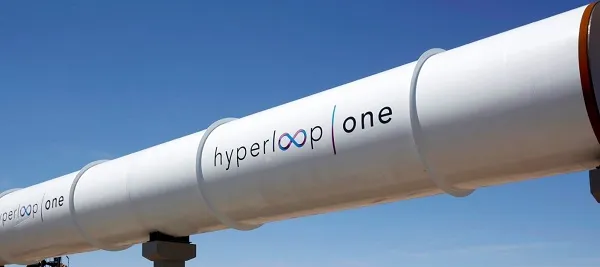
Hyperloop Technology relies on a low-pressure tube, passenger pods that levitate, and an efficient propulsion system. Magnetic levitation (maglev) and linear electric motors are used to accelerate pods to high speeds inside the nearly vacuum tube. The low-pressure setting reduces air resistance and increases productivity. With the advent of hyperloop technology, it may soon be possible to travel between cities at speeds of over 700 mph (1,100 km/h), drastically cutting down on travel time. Potential advantages include less traffic, fewer greenhouse gas emissions, and easier travel between cities. But before widespread implementation is possible, hurdles like safety, infrastructure development, and regulatory approvals must be cleared.
Growth can be stoked through the development of hyperloop infrastructure due to the creation of jobs, the attraction of investments, and the improvement of intercity and interregional transportation links. The potential for Hyperloop to provide faster, greener, and more accessible transportation has far-reaching implications for urban planning, commerce, and quality of life. However, technical, regulatory, and financial obstacles must be overcome before its widespread adoption can occur. Innovation and progress in many fields, such as transportation, materials science, and renewable energy, are encouraged by the development of Hyperloop technology. Worldwide, Hyperloop could link cities and regions, making long-distance travel more convenient for more people. Increased trade and tourism, as well as the creation of new jobs, can all benefit from the introduction of Hyperloop systems. Hyperloop technology can be used for more than just transportation of people. Faster, more dependable, and more efficient cargo transport has the potential to revolutionize the freight industry by cutting down on transit times and costs.




